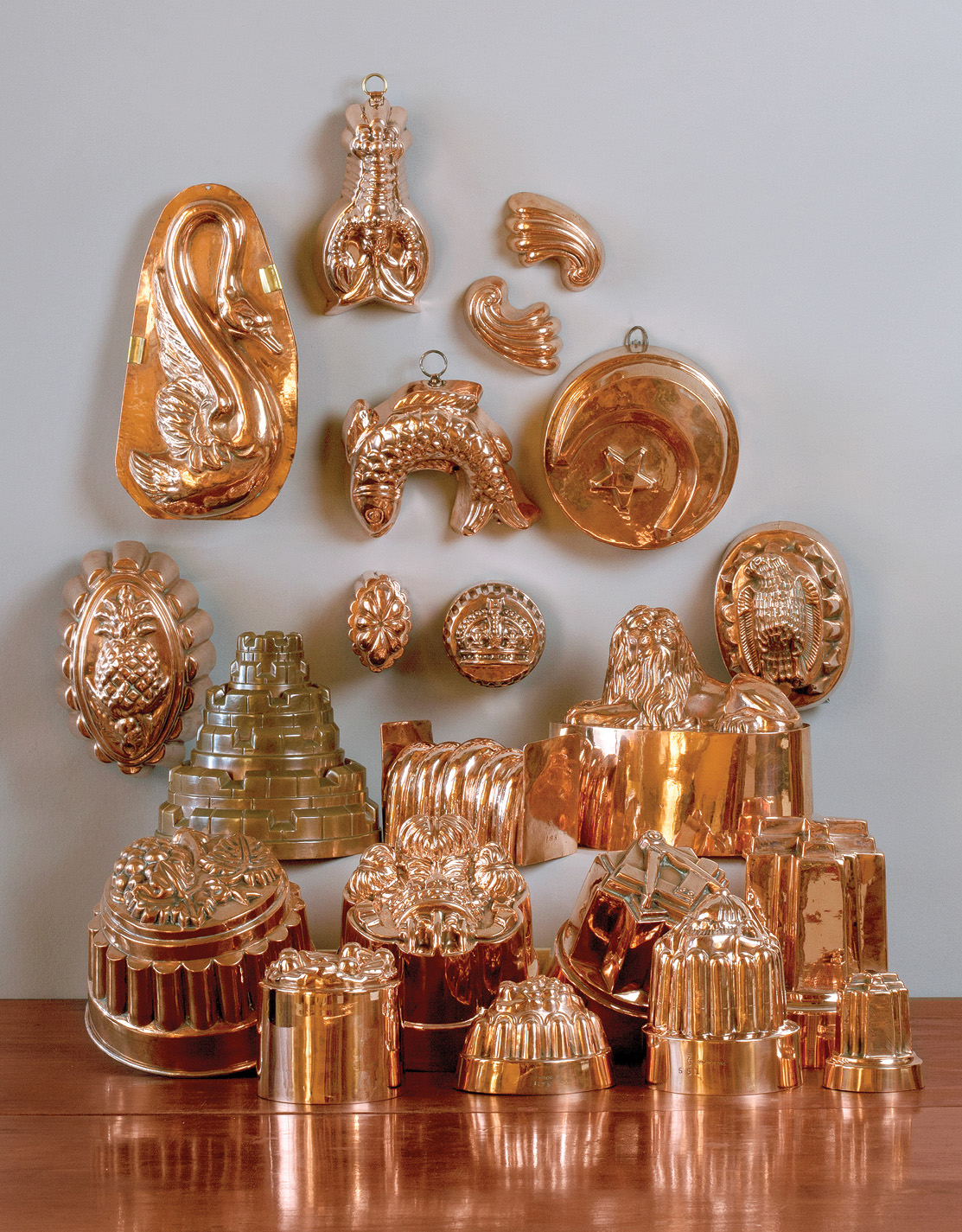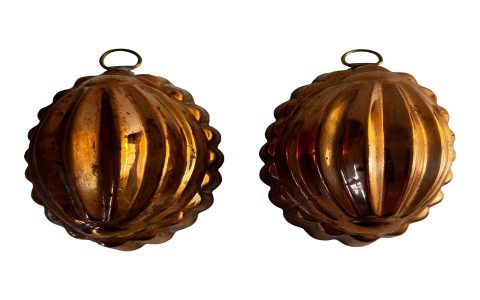Craftsmanship and Historical Significance
Antique copper molds are prized for their handcrafted artistry and historical role in culinary traditions. Used from the 18th to early 20th centuries, they embody the era's precision metalwork, often featuring intricate designs for chocolate, pastry, or ice sculptures.
Their uniqueness stems from three core historical secrets:
- Superior Thermal Conductivity: Copper evenly distributes heat for consistent food molding, a critical advantage before modern technology made it a benchmark in artisanal kitchens.
- Hand-Forged Techniques: Each piece was individually crafted by skilled artisans, resulting in rare, durable molds with unique patterns that resist tarnishing, unlike mass-produced alternatives today.
- Culinary Evolution: These molds reflect cultural shifts, like the rise of European confectionery arts, where their use enhanced presentation and preserved centuries-old recipes.
Functional and Aesthetic Endurance
Copper's natural antimicrobial properties historically minimized spoilage risks, while its malleability allowed for complex, reusable shapes that modern materials rarely achieve.

Today, collectors value them not just for utility but as irreplaceable artifacts showcasing heritage craftsmanship and historical ingenuity.












